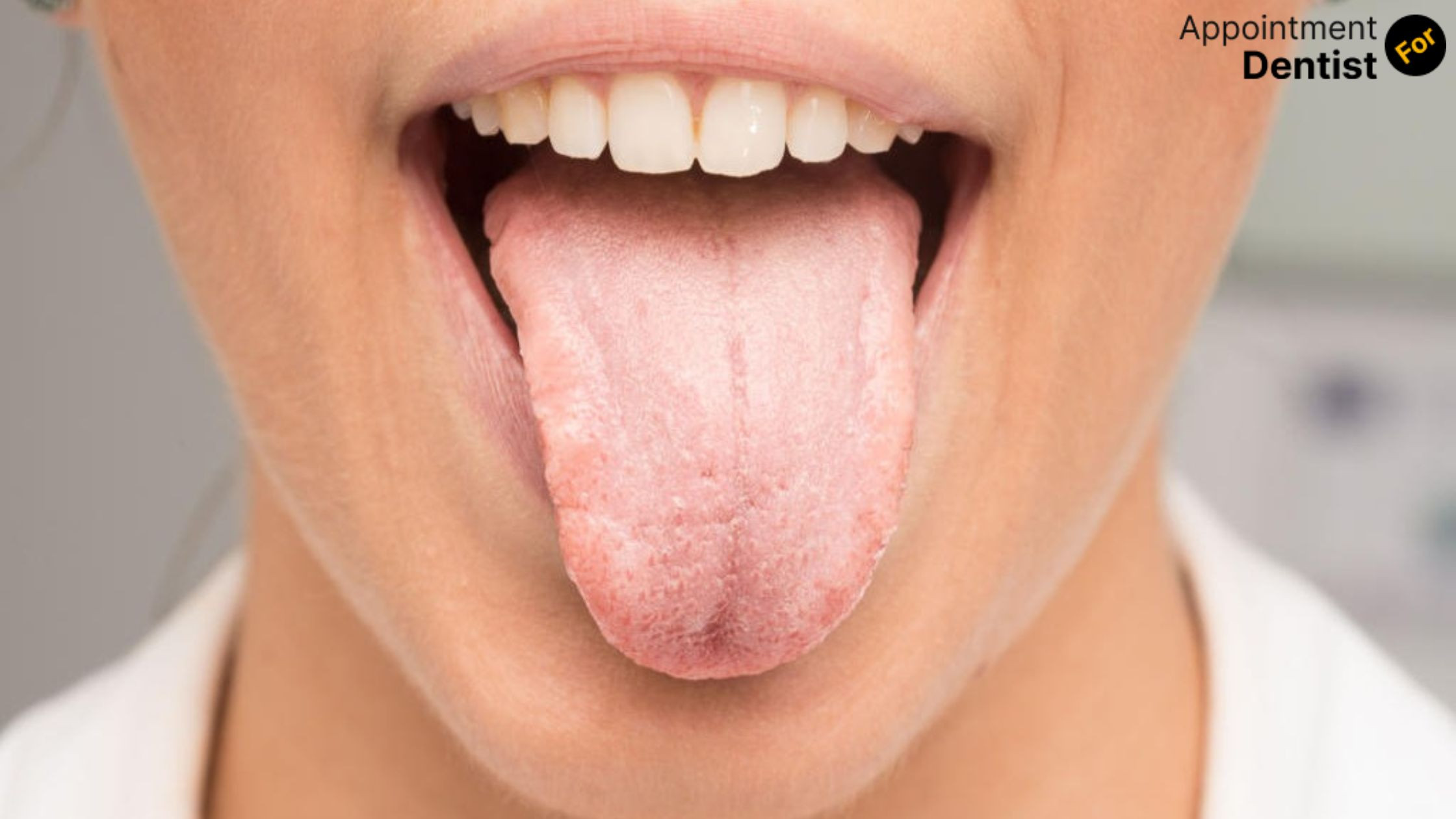Understanding and Treating Leukoplakia
Posted on July 29, 2024 by Admin

Leukoplakia is a very common medical condition that sends shivers down the spine of those who have it, owing to the dangers involved with it. To obtain a deep understanding of leukoplakia and treatment for the same, understanding symptoms, possible causes, and the kind of medical intervention one can seek is very relevant.
Leukoplakia
Leukoplakia is a condition characterized by the formation of white patches or plates in the mucous membranes inside the mouth, throat, or genital areas. This patch is usually painless but can be a sign of an underlying health problem. While on its own leukoplakia is not cancerous, on some occasions, it may be an early warning sign of oral cancer; thus, detection and cure must be directed in an early stage.
Leukoplakia Symptoms
The primary symptom of leukoplakia is the existence of white-coloured patches on mucous membranes. The patches could be located on the tongue, the gums, inside the cheeks, or at the bottom of the mouth. They are usually asymptomatic but may be of concern if they increase in size, change shape, or change colour.
Causes of Leukoplakia
This could be due to a number of causes, normally those associated with lifestyle or irritants. The most frequent causes include:
- Consumption of Tobacco: Smoking or chewing tobacco is among the major factors leading to leukoplakia. There are irritants in tobacco which damage the mucous membranes and hence may lead to the formation of white patches.
- Consumption of Alcohol: Chronic consumption of alcohol can also lead to leukoplakia, mainly when combined with tobacco use.
- Chronic Irritation: Leukoplakia may appear in response to the chronic irritation caused by poorly fitting dentures, rough teeth, or other types of irritation.
- Human Papillomavirus (HPV): Some subtypes of HPV participate in the process of leukoplakia development in the genital area.
- Deficiency of Vitamins: Deficit of vitamins like B12 or folate is sometimes associated with leukoplakia.
Diagnosis of leukoplakia is usually made by physical examination by a healthcare professional. If the patches seem suspicious or fail to become clear after ruling out the potential irritants, a biopsy may be considered. In this process, a small piece of tissue from the lesion is removed and sent to the pathology laboratory for microscopic examination for any dysplasia or cancerous cells.

Treatment of Leukoplakia
Treatment of leukoplakia focuses on causes and symptom management. Here are some effective ways of doing the same:
- Removing Irritants: The very first step in treating the condition is the removal of irritant sources. This may include stopping tobacco use, reducing alcohol consumption, and correction of dental irregularities causing friction or irritation.
- Medical Intervention: In the case of infection or deficiency in vitamins suspected to be the cause of leukoplakia, medicine or supplements are prescribed accordingly.
- Monitoring of the Condition: Follow-up with regards to the condition is important to monitor leukoplakia's progress. This would ensure any turn of events in the condition manifests and gets managed in time.
- Surgical Removal: Those instances of leukoplakia patches that are persistent or even indicative of dysplasia require surgical removal of the affected tissue.
- Lifestyle Modifications: Good health practices, such as a healthy diet and hygiene, do work magic in promoting health and hence keeping off leukoplakia.
Conclusion
Diagnosis and treatment of leukoplakia must be based on signs and symptoms, the causes, and medical attention one may get. Eliminate factors that may irritate it, monitor a person's condition, and do the necessary lifestyle change in managing leukoplakia. Consult an expert for proper diagnosis and treatment advice.
Faqs
-
1. Can leukoplakia become cancerous?
Yes, while leukoplakia itself is not cancerous, it can be a forerunner of oral cancer. Persistent leukoplakia, especially if it appears to change, should be checked by a health professional to examine cells for cancer.
-
2. Is leukoplakia contagious?
No, leukoplakia itself is not contagious. It usually results from irritants or other underlying causes of disease not directly from one person to another.
-
3. How long does it take for leukoplakia to go away?
The duration by which leukoplakia resolves depends on the cause of the disease process. If the causative irritants are removed and proper treatment is taken, then the condition may resolve within a few weeks to months. Regular monitoring is required.
-
4. Can diet affect leukoplakia?
Yes, one of the principal reasons behind the development of leukoplakia could be a nutrient-deficient diet. An adequate intake of vitamins, principally B12 and folate, is helpful in preventing and treating this condition.
-
5. Are there home remedies for leukoplakia?
Though such home remedies might relieve the symptoms to some extent, they are definitely not a substitute for professional treatment. While good oral hygiene, keeping away from irritants, and healthy eating are good, with respect to a proper diagnosis and a treatment plan, one needs to see a health professional.
Recent Post
- The Importance of Oral Health Education for Children
- How to Choose the Right Orthodontic Treatment for Adults
- The Link Between Oral Health and Stroke Risk
- How to Address and Prevent Gum Recession
- Innovations in Dental Anesthesia: Pain-Free Procedures
- The Role of Saliva in Oral Health: Functions and Disorders
- Exploring Holistic Dentistry: What You Need to Know
- How Oral Health Affects Your Immune System
- The Benefits of Using Dental Probiotics
- Oral Health and Pregnancy: Myths and Facts